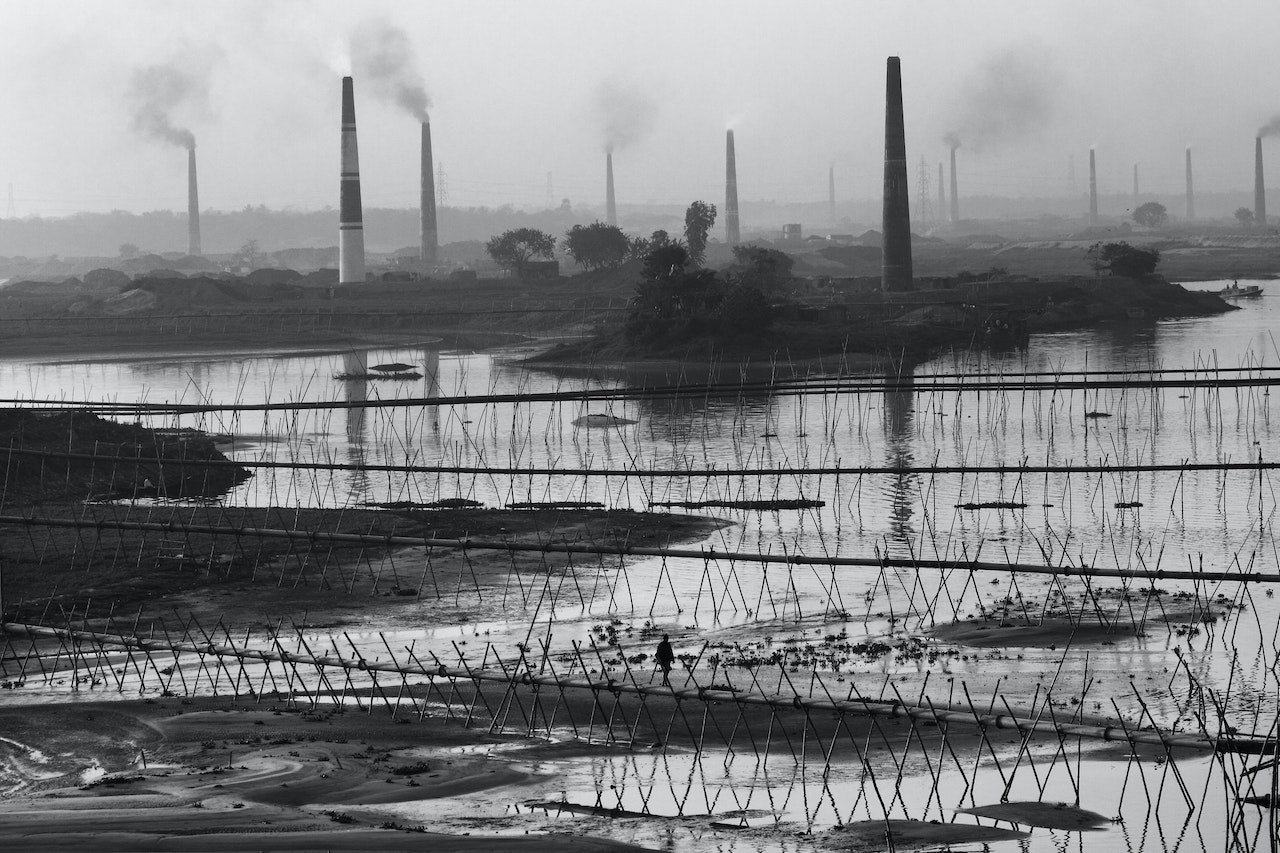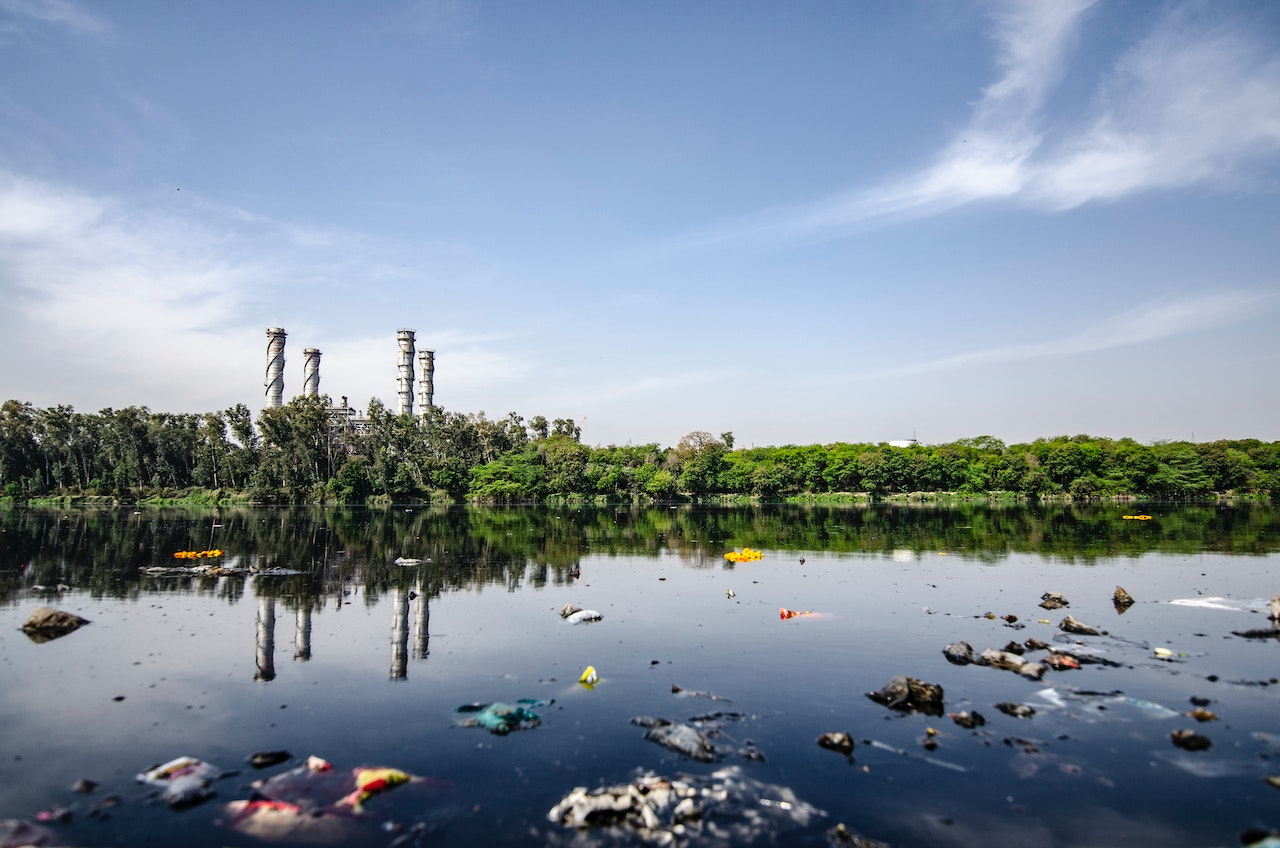Water quality monitoring plays a vital role in assessing and maintaining the integrity of aquatic ecosystems. By employing essential techniques, such as sampling, laboratory analysis, field testing, data interpretation, and quality control measures, accurate and reliable data can be obtained.
These techniques ensure the objective assessment of water quality parameters and enable effective decision-making for environmental management. This article provides a comprehensive overview of the technical aspects involved in water quality monitoring to facilitate informed practices within this critical field.
Key Takeaways
- Grab sampling provides a snapshot of water quality at a specific location and time.
- Composite sampling combines multiple grab samples to create a representative average sample.
- Laboratory analysis measures physical, chemical, and biological parameters of water samples.
- Field testing procedures measure water parameters directly in the field.
Sampling Techniques
Sampling techniques play a crucial role in the effective monitoring of water quality.
Two commonly used techniques are grab sampling and composite sampling.
Grab sampling involves collecting a single water sample at a specific location and time, providing a snapshot of the water quality at that moment. It is relatively easy to perform and requires minimal equipment. However, it may not accurately represent the overall water quality due to temporal variability.
On the other hand, composite sampling combines multiple grab samples collected over a period of time to create a representative average sample. This technique reduces temporal variability and provides more accurate information about the long-term water quality trends.
Composite sampling requires careful planning and coordination to ensure proper collection intervals and volume proportions for an unbiased representation of the target area’s water quality characteristics.
Laboratory Analysis Methods
Among the various methods available, laboratory analysis plays a crucial role in assessing and evaluating water samples for determining their quality. This method utilizes various analytical instruments to measure physical, chemical, and biological parameters of the water samples. The data obtained from these analyses are then used to identify potential contaminants, assess compliance with regulatory standards, and monitor changes in water quality over time.
To ensure accurate and reliable results, proper data management practices are essential throughout the laboratory analysis process. This includes maintaining detailed records of sample collection, preparation, and analysis procedures. Additionally, implementing quality control measures such as calibration checks and duplicate analyses helps to minimize errors and ensure the validity of the results.
Effective data management facilitates efficient interpretation of the findings and aids in making informed decisions regarding water resource management strategies.
Importance of analytical instruments:
- Enables measurement of multiple parameters simultaneously
- Provides high precision and sensitivity for detecting trace levels of contaminants
- Significance of data management:
- Ensures accuracy and reliability of results
- Facilitates effective interpretation for decision-making
Field Testing Procedures
Field testing procedures utilize portable instruments and kits to measure various parameters of water samples directly in the field, providing real-time data for immediate assessment and evaluation. These procedures are crucial for effective water quality monitoring as they allow for on-site analysis without the need for sample transportation to a laboratory.
Calibration techniques play a vital role in ensuring accurate measurement results from these portable instruments. Regular calibration is necessary to maintain instrument accuracy and account for any drift or deviation over time.
Equipment maintenance is also essential to ensure reliable performance and longevity of the field testing equipment. This includes routine cleaning, inspection, and troubleshooting of instruments to identify any issues that may affect their functionality.
Adhering to proper calibration techniques and equipment maintenance practices helps guarantee the integrity of field test results and contributes to robust water quality monitoring programs.
Data Interpretation and Analysis
Data interpretation and analysis require a systematic approach to analyze the collected measurements and derive meaningful conclusions regarding the water sample’s characteristics. This process involves several essential techniques for effective data analysis in water quality monitoring:
- Data Visualization:
Utilizing graphs, charts, and maps to visually represent the data allows for easier comprehension and identification of patterns or trends. Visual representations aid in conveying complex information in a more accessible manner.
- Statistical Analysis:
Applying statistical methods such as hypothesis testing, regression analysis, and correlation analysis helps to uncover relationships between variables and identify significant differences or trends in the data. Statistical analysis provides quantitative evidence that supports objective decision-making processes.
By employing these techniques, researchers can gain a deeper understanding of the water sample’s quality parameters.
The next section will discuss quality control measures that ensure accurate and reliable results during water quality monitoring activities.
Quality Control Measures
To ensure the accuracy and reliability of results in water quality monitoring activities, it is important to implement rigorous quality control measures. These measures play a crucial role in minimizing errors and uncertainties associated with data collection, analysis, and interpretation.
One essential aspect of quality control is conducting risk assessments to identify potential sources of bias or contamination that may affect the integrity of the data. This involves evaluating both external factors such as environmental conditions and internal factors such as instrument calibration.
Additionally, performance evaluation is necessary to assess the proficiency of analytical techniques employed in water quality monitoring. Regular calibration checks, inter-laboratory comparisons, and participation in proficiency testing programs are some methods used for performance evaluation.
Reporting and Communication
Reporting and communication play a crucial role in ensuring the accurate dissemination of information regarding water quality monitoring activities. Effective reporting allows for the sharing of findings, trends, and potential risks associated with water quality. It provides stakeholders with valuable insights into the state of their local water resources, fostering a sense of belonging and responsibility towards their environment.
Public outreach is an essential component of reporting, as it helps to educate and engage communities in understanding the importance of water quality monitoring. Data visualization techniques further enhance communication by presenting complex data in a visually appealing and accessible manner. Through interactive maps, charts, and graphs, stakeholders can easily grasp patterns, trends, and potential issues related to water quality.
These tools facilitate meaningful discussions and decision-making processes that contribute to addressing environmental challenges effectively.
Frequently Asked Questions
How Much Does It Cost to Conduct Water Quality Monitoring?
Cost estimation for water quality monitoring involves budget planning to account for equipment, laboratory testing, personnel, and data analysis. The specific costs vary depending on factors such as the sampling frequency, number of parameters tested, and geographical location.
What Are the Potential Health Risks Associated With Poor Water Quality?
Potential health risks associated with poor water quality include gastrointestinal illnesses, infectious diseases, and long-term chronic conditions. Contamination sources can be natural (e.g., bacteria) or anthropogenic (e.g., industrial pollutants). Proper monitoring is vital to mitigate these risks.
Are There Any Specific Regulations or Guidelines for Water Quality Monitoring?
Specific regulations and guidelines are crucial for water quality monitoring. They provide a framework for assessing and maintaining water quality standards, ensuring the protection of public health and the environment. Compliance with these regulations is essential to mitigate potential risks.
How Can I Get Involved in Water Quality Monitoring as a Citizen Scientist?
Citizen science offers numerous opportunities for community engagement in water quality monitoring. By participating in citizen science projects, individuals can actively contribute to data collection and analysis, fostering a sense of belonging and empowerment within their communities.
What Are the Long-Term Implications of Consistently Poor Water Quality in a Specific Area?
The consistent poor water quality in a specific area can have long-term environmental impacts, such as the decline of aquatic ecosystems and biodiversity. It may also result in economic consequences, including decreased tourism and higher costs for water treatment and restoration efforts.
Conclusion
In conclusion, the implementation of essential techniques for effective water quality monitoring is crucial to ensure accurate and reliable results.
By employing proper sampling techniques, utilizing laboratory analysis methods, conducting field testing procedures, interpreting and analyzing data, implementing quality control measures, and effectively reporting and communicating findings, we can unlock the secrets hidden within our waters.
Like skilled scientists navigating uncharted territories, these techniques act as our compasses in a sea of uncertainty, guiding us towards a clearer understanding of our precious water resources.


